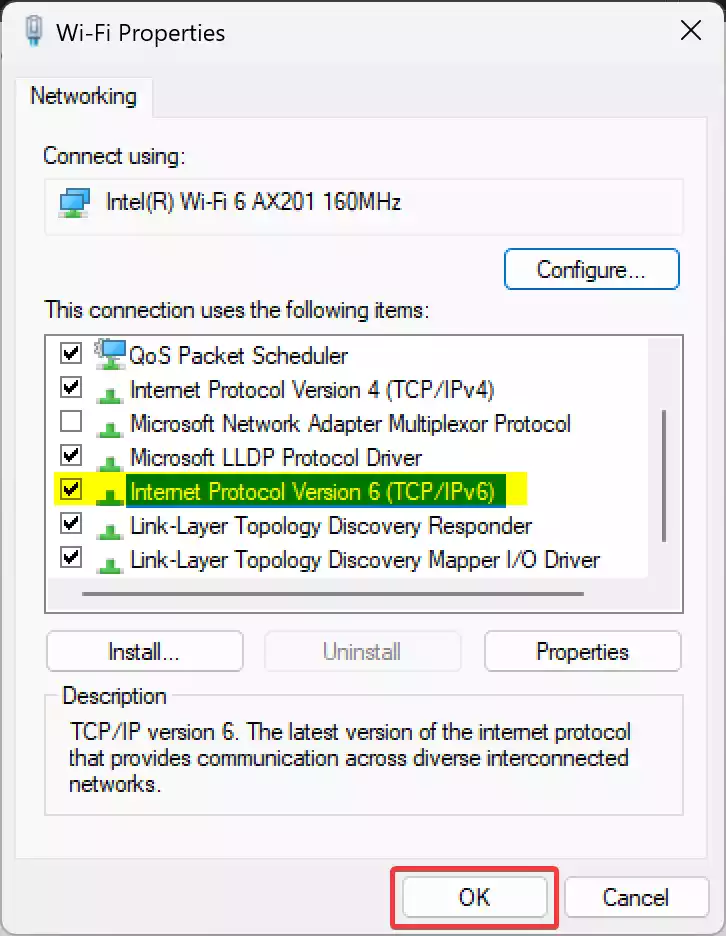In today’s fast-paced digital world, staying connected is more crucial than ever. From smartphones and laptops to smart homes and wearable devices, our lives are intertwined with technology. But have you ever wondered how all these devices communicate with each other over the vast expanse of the internet? Enter IPv6, the next-generation Internet Protocol that is revolutionizing the way we connect and communicate online. In this user-friendly article, we’ll take a journey into the realm of IPv6, exploring its features, advantages, and the exciting possibilities it holds for the future.

The Need for IPv6: Addressing the Internet’s Growing Pains
Let’s start with the basics. Every device connected to the internet needs a unique address to send and receive data. IPv4, the previous version of the Internet Protocol, had a limited pool of addresses, and with the explosion of internet-connected devices, we were running out of them. IPv6 was developed to solve this problem by offering an enormous address space that can support an unimaginable number of devices.
The Marvel of 128-Bit Addressing
IPv6’s most striking feature is its 128-bit address format. Instead of the four sets of numbers we are used to in IPv4 (e.g., 192.168.0.1), IPv6 uses eight sets of four hexadecimal digits (e.g., 2001:0db8:85a3:0000:0000:8a2e:0370:7334). This extended address space allows for a virtually infinite number of unique addresses, ensuring that every device can have its spot on the internet.
Enhanced Security for a Safer Online Experience
Security is a top priority in today’s digital landscape, and IPv6 takes it seriously. It incorporates IPsec (Internet Protocol Security) as a standard feature, providing robust encryption and authentication to protect data as it travels through the internet. This extra layer of security enhances privacy and safeguards against cyber threats, making your online experience safer.
Efficient Routing and Network Management
IPv6 simplifies the way data is routed across the internet, reducing the complexity of network configurations. This streamlined process leads to faster and more efficient data transfers, improving performance and reducing delays in online activities. Internet Service Providers (ISPs) also benefit from reduced overhead, enabling them to provide better services to their customers.
Transitioning from IPv4 to IPv6
While the advantages of IPv6 are undeniable, transitioning from IPv4 to IPv6 is a gradual process. The two protocols need to coexist during this transition period to ensure that all devices can still communicate. Fortunately, many modern devices and networks are IPv6-ready, making the transition smoother.
Exploring a Connected Future
IPv6 opens doors to a connected future where technology knows no bounds. With its vast address space, the Internet of Things (IoT) can flourish, allowing smart devices to communicate seamlessly. IPv6 also plays a crucial role in the advancement of 5G connectivity, supporting faster and more reliable data transmission.
Conclusion: Embrace the Power of IPv6
As the internet continues to expand, embracing IPv6 is essential for ensuring a connected and limitless future. Its vast address space, enhanced security, and efficient routing capabilities empower us to explore new horizons and stay seamlessly connected with the world. So let’s embrace IPv6 and unleash the internet’s limitless possibilities for a brighter and more connected future. The possibilities are truly endless.